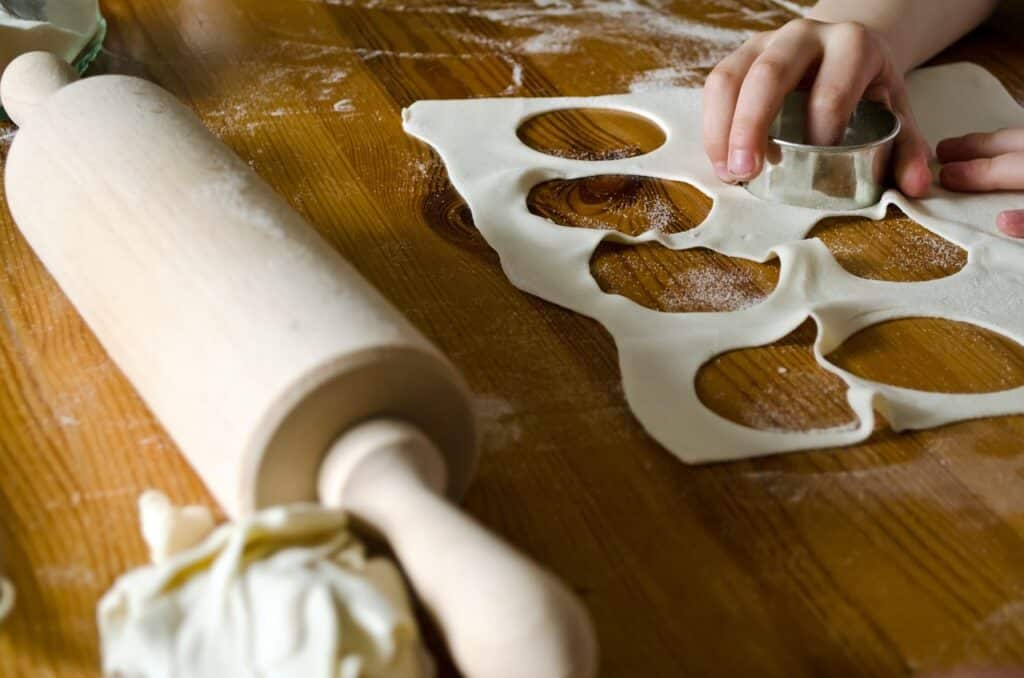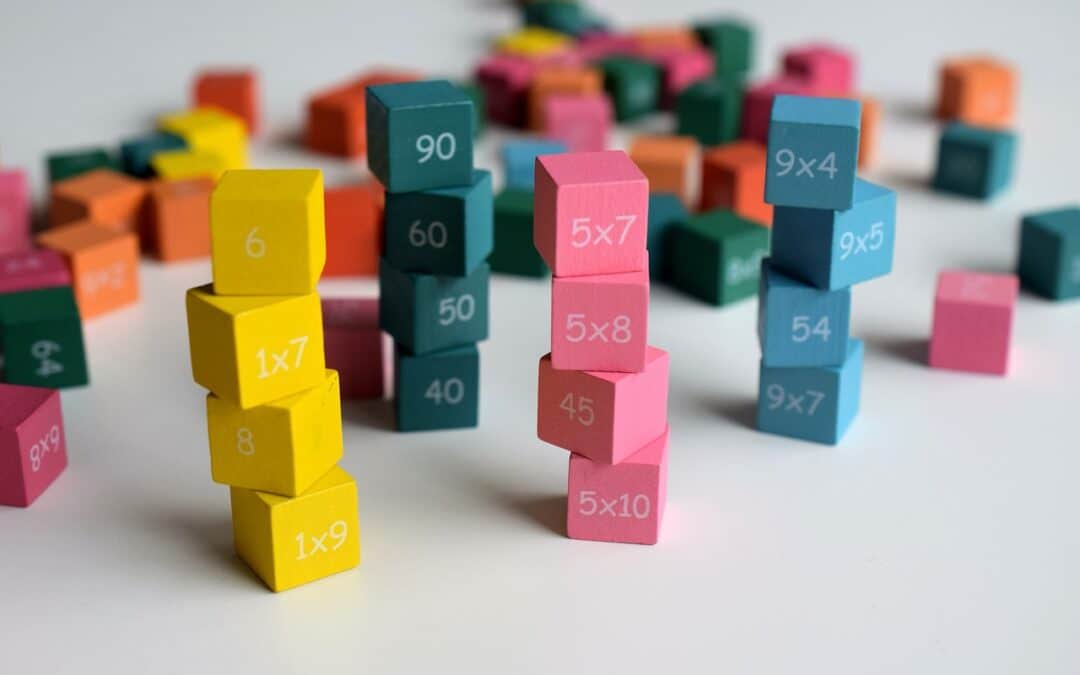Mathematics provides the building blocks for problem-solving and critical thinking in daily life. However, for some SEA students, maths can become a series of meaningless, challenging tasks they must get through to arrive at the school of their choice. If we’re not careful, this bleak view can persist for the rest of our students’ school life.
To make maths more understandable and engaging, here are some creative strategies educators, parents and guardians can use.
1. Relate maths to the real world.
Show how maths is relevant to your child’s everyday life. Guide them in using measurements when cooking or use football match scores to teach averages and percentages. They can also observe the shapes of the architecture around them. These real-world applications make maths less abstract and more tangible for learners.

2. Utilise educational apps and websites.
Incorporate technology to supplement traditional teaching methods. Educational apps, online games and interactive websites can make learning maths enjoyable. Check out sites like Beast Academy, Khan Academy, Cool Math 4 Kids and Math Game Time.
3. Engage in hands-on activities.
Allow your child to use objects like building blocks, measuring cups, measuring tapes, baking ingredients and more to help them while learning. These items can provide a practical understanding of concepts.
4. Encourage peer collaboration.
Group activities in a safe, respectful environment can motivate learners. Learners can work together to solve math problems, create shapes or measure objects. These collaborative activities can make tasks less daunting while developing your child’s communication and social skills.
5. Make maths fun with games, puzzles and manipulatives.
Incorporate board games like Monopoly, math games using playing cards and manipulatives such as this fraction tower from Amazon. Friendly competitions can motivate learners to improve their skills while having fun.
6. Integrate art and creativity.
Learners can create geometric paintings, design shapes using origami or use symmetry in their artwork. These activities help promote creative thinking and an appreciation for math concepts.

By creating an engaging, interactive and relatable learning environment, students can develop a deeper understanding and appreciation for math concepts for the Secondary Entrance Exam and beyond.


Let’s Help You Succeed!
Join our mailing list to get updates and tutorials straight to your inbox.
Your success is just one click away!
You have Successfully Subscribed!